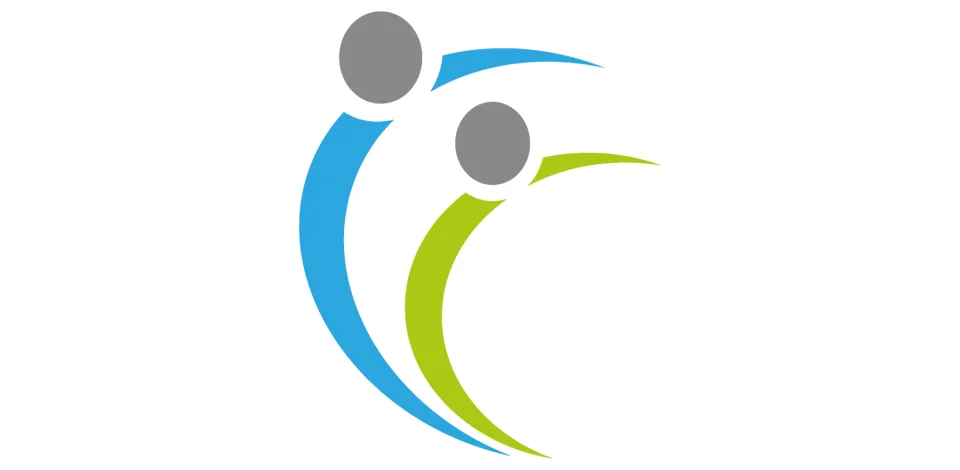Effectiveness of Physiotherapy in post-operative Cardiac patients which improves pulmonary values in short-term Management. Physical Therapy has been playing a vital role in post-operative cardiac management.
Cardio-pulmonary Rehabilitation aims to indicate a good prognosis of pulmonary values which assures efficient cardiac management and ADL activities. In this study, we have opted for a three-phased pulmonary rehabilitation method. The expected result was obtained during the third phase. The difficulties such as post-operative pulmonary complications are being managed and reduced in phase one and phase two.
The physiotherapy Management technique used is modified Postural drainage, Chest percussion, Mechanical Vibration, Incentive Spirometry, Relaxed deep breathing exercises, and Forced expiratory techniques such as Huffing /Coughing. Along with physiotherapy techniques Mobilization and free aerobic exercises are been used. Some special techniques such as Auto drainage, Manual Hyperinflation, and Respiratory Muscle training are being utilized.
Post-operative exercises were as follows in the patient was extubated from the ventilator, and physio was started. The incentive Spirometry was used to assess the status of the patient and according to Spiro metric value the physical therapy management was planned.
- It is usually prescribed to patients while in the hospital and post-hospital admission care
- optimizing physical function in patients with cardiac disease or recent cardiac surgeries.
- Physiotherapists can perform coughing, huffing, and other forced expiratory techniques to remove secretions and improve airway clearance.
- Individualized care plan to maintain strength and level of function
- Postural draining is performed to improve airway clearance.
- Improve exercise tolerance and quality of life.
Physiotherapy can perform inspiratory muscle training exercises along with gait training activities, advising patients about do’s and don’ts and assessing METS expenditure scale with ADL. The patient joint the group exercise therapy will also gain psychological, physiological, and prognosis in all three phases of cardiopulmonary rehabilitation.
Conclusion: The Physical Therapy Management technique used is Modified postural drainage, Chest percussion, Incentive spirometry, Relaxed Deep Breathing exercise, Mechanical vibration, cough and huff, In Phase Two and phase three along with physiotherapy techniques mobilization and free aerobic exercise.
Some special techniques such as Auto Drainage, Manual hyperinflation, and Respiratory muscle Training are being utilized to fulfill the aim of helping patients produce an effective pulmonary value after surgery.
